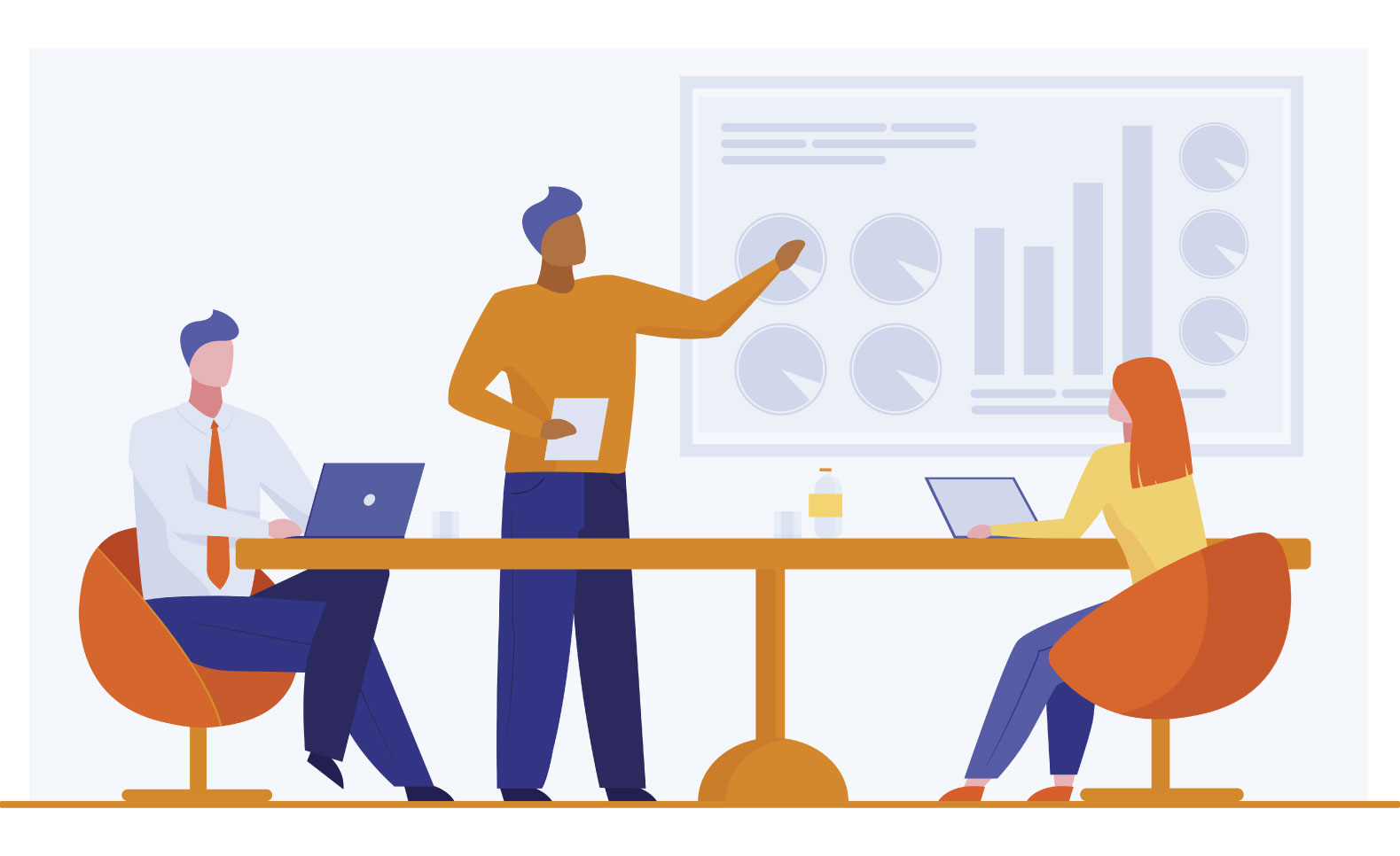
The Critical Role of Training and Development in HR
Training and development are essential functions within human resources (HR), crucial for organizational success and employee growth. As technology rapidly evolves, employees can quickly become deskilled, making ongoing training and development vital for maintaining a competitive edge.
What is Training?
Training aims to enhance or develop specific competencies or skills in employees, improving their performance and productivity in their current roles. It involves changes in attitude, skills, or knowledge, resulting in better job performance. Effective training requires a planned approach, conducted after a thorough needs analysis, and targeted at specific competencies within a conducive learning environment.
Organizations typically align training programs with both individual and organizational goals to create a win-win scenario. At the beginning of the financial year, organizations often prepare training calendars based on identified employee needs. This process, known as ‘training needs analysis,’ is part of performance appraisals and helps determine the number of training hours and the types of training interventions required throughout the year.
What is Development?
Development, while often confused with training, focuses on long-term growth and future job opportunities, extending beyond the current job. It aims to prepare employees for future roles and responsibilities, fostering overall career growth. Development programs often target high-potential employees, preparing them for leadership positions and future challenges.
Organizations may choose certain employees for development programs based on their existing attitudes, skills, abilities, knowledge, and performance. Leadership programs are a prime example of development initiatives, aiming to create and nurture future leaders.
Differences Between Training and Development
While training focuses on addressing current competency gaps and immediate job requirements, development is more forward-looking, preparing employees for future assignments and broader career opportunities. Training is typically short-term and specific to an employee’s current role, whereas development is long-term, aiming to equip employees with skills for future roles within or beyond the current organization.
The Importance of Training and Development
In an era where technology is rapidly advancing, creating deskilled workers, training and development are more critical than ever. With industrial workers increasingly being replaced by knowledge workers, HR departments must take a proactive role in addressing training and business needs. This includes:
- Enhancing Employee Performance: Regular training ensures employees stay updated with the latest skills and knowledge, leading to improved job performance and productivity.
- Employee Retention and Motivation: Offering development opportunities helps in retaining employees, as they feel valued and see a clear path for career progression within the organization.
- Leadership Development: Development programs prepare high-potential employees for future leadership roles, ensuring a pipeline of skilled leaders ready to take on higher responsibilities.
- Adaptability to Change: Continuous training and development help organizations and employees adapt to technological advancements and changing market dynamics, maintaining a competitive edge.
Conclusion
Training and development are integral to the success and sustainability of any organization. While training focuses on current job performance, development prepares employees for future roles and responsibilities. Together, they ensure that employees remain skilled, motivated, and ready to meet both current and future challenges. HR departments must prioritize these functions, taking a proactive leadership role in designing and implementing effective training and development programs that align with organizational goals and foster employee growth.


